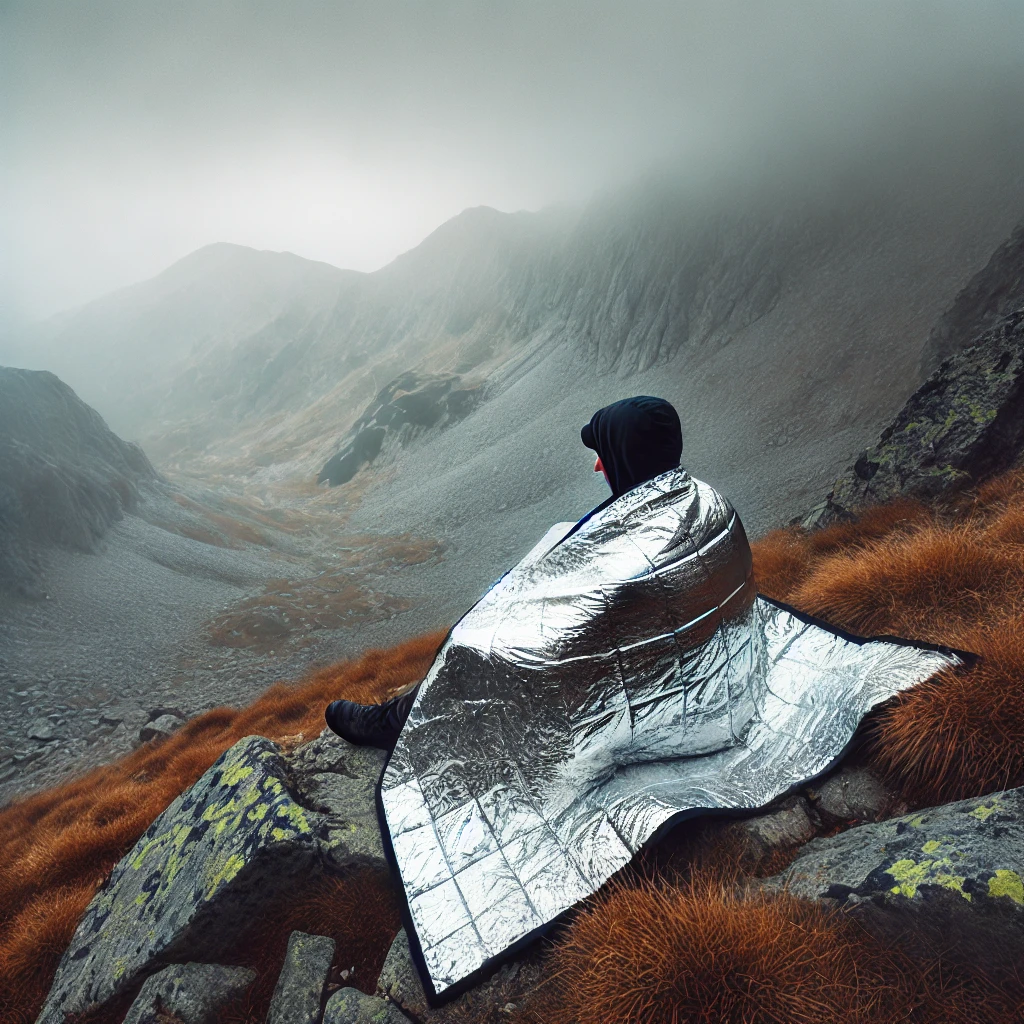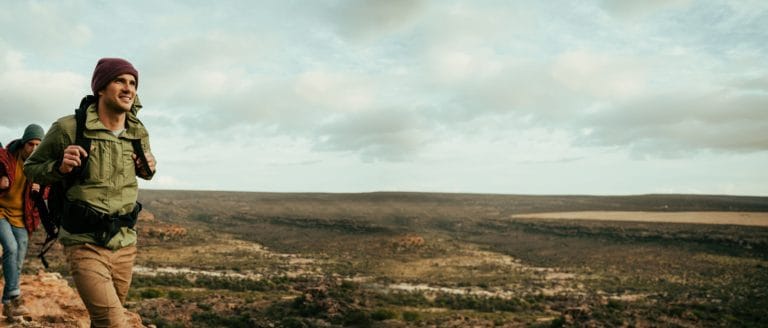How My Survival Kit Prepared Me From Trail To Peak
“There’s no such thing as bad weather, only inappropriate clothing,” or so the saying goes. But I’d argue there’s something even more vital than the best gear—a well-prepared survival kit. As an avid hiker who loves the challenge of steep peaks and unpredictable trails, I’ve learned that Mother Nature can always surprise you, no matter how experienced you are. These surprises are exactly why having a survival kit for hiking is essential. It wasn’t until one particular hike that I realized just how crucial this preparation could be.
I had set out on a solo trek in the mountains, confident in the clear forecast, my top-notch gear, and well-planned route. But nature had other ideas. What was supposed to be a peaceful ascent turned into a test of endurance when an unexpected storm rolled in. As the rain poured and the wind howled, I found myself more grateful than ever for the survival kit I had meticulously packed. Through research and experience, I had learned the essentials that not only keep you safe but can also make a stressful situation more manageable. My kit included items for shelter, warmth, first aid, navigation, hydration, and food—all of which proved invaluable as the storm raged on.



The lightweight emergency bivvy sack I packed became a lifesaver when the rain started to soak through my outer layers. This small, compact item provided a quick refuge from the downpour. Along with shelter, warmth was crucial. The emergency blanket, a thin reflective sheet, made a huge difference in keeping my body heat contained as the temperature dropped. As the storm intensified and thick fog made everything look unfamiliar, my compass and map became invaluable navigation tools. GPS is great until it runs out of battery or loses signal, which is why I never rely solely on technology. The simple compass guided me when everything else failed, giving me a sense of direction that my smartphone couldn’t in that moment.
Hydration and nutrition were also key components of my survival kit. I always carry extra water, but the water purification tablets ensured that if I needed to refill from a natural source, I could do so safely. The lightweight, high-calorie energy bars I packed provided a quick source of fuel when the hike turned from a leisurely climb to an endurance challenge. While I didn’t need to use the first aid kit on this particular hike, knowing I had it gave me peace of mind. It included basics like bandages, antiseptic wipes, gauze, tweezers, and a small multi-tool—essential for treating minor injuries that could make a hike miserable if left unattended.
That day on the trail taught me not only the value of each item in my kit but also the importance of being mentally prepared for whatever might come my way. Having the right tools isn’t just about survival—it’s about feeling secure and confident in your ability to handle challenging situations. As I finally descended the mountain, with the storm clearing and the sun breaking through the clouds, I felt a deep sense of gratitude for the lessons I had learned. It wasn’t just about having the gear; it was about knowing I had done everything I could to be ready for whatever the trail threw at me. Whether you’re setting out on a short day hike or tackling a challenging mountain trail, being well-prepared could make all the difference between an enjoyable adventure and a dangerous situation. So, before your next hike, take the time to pack thoughtfully. Trust me—when the unexpected happens, you’ll be glad you did.






